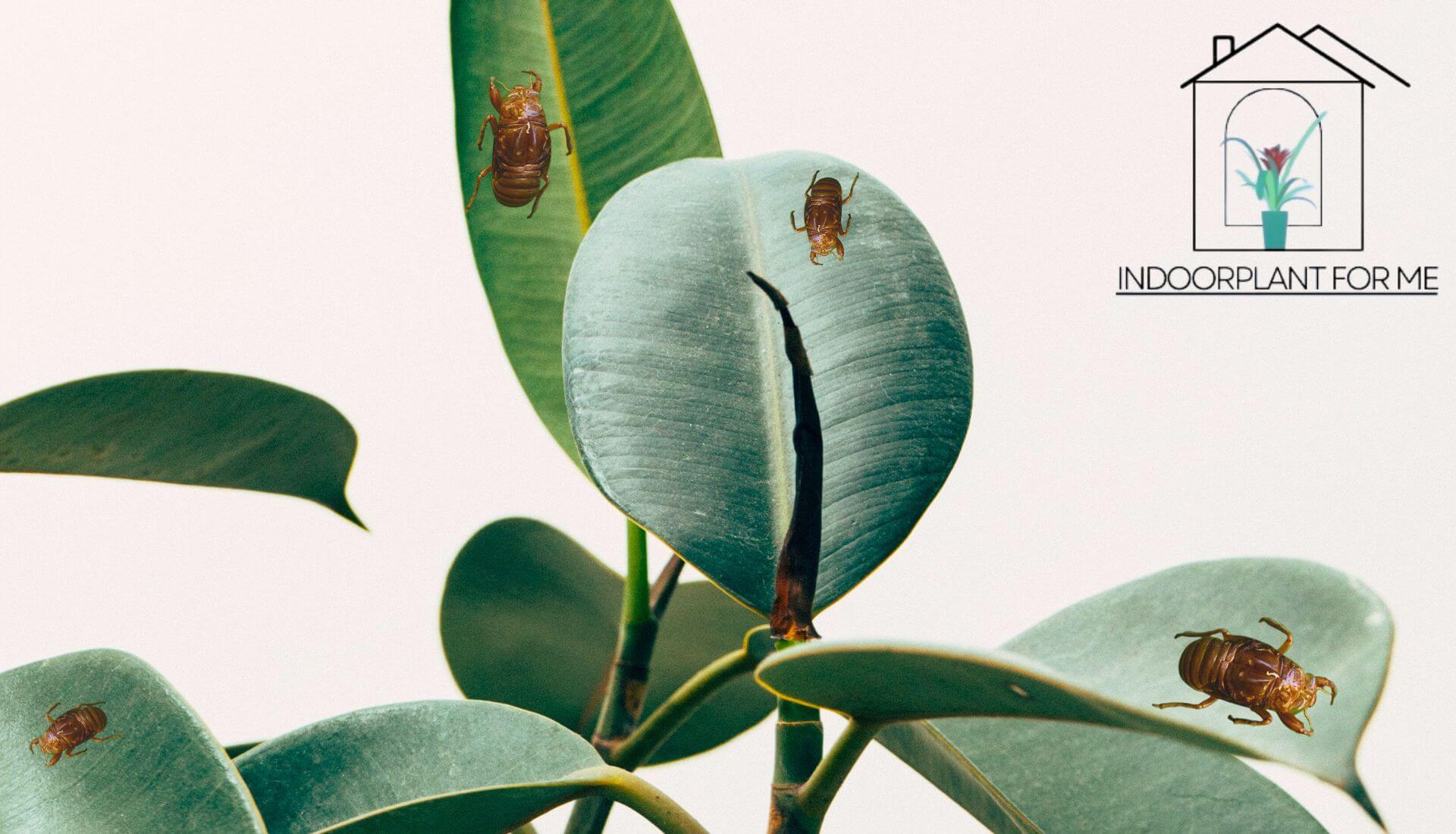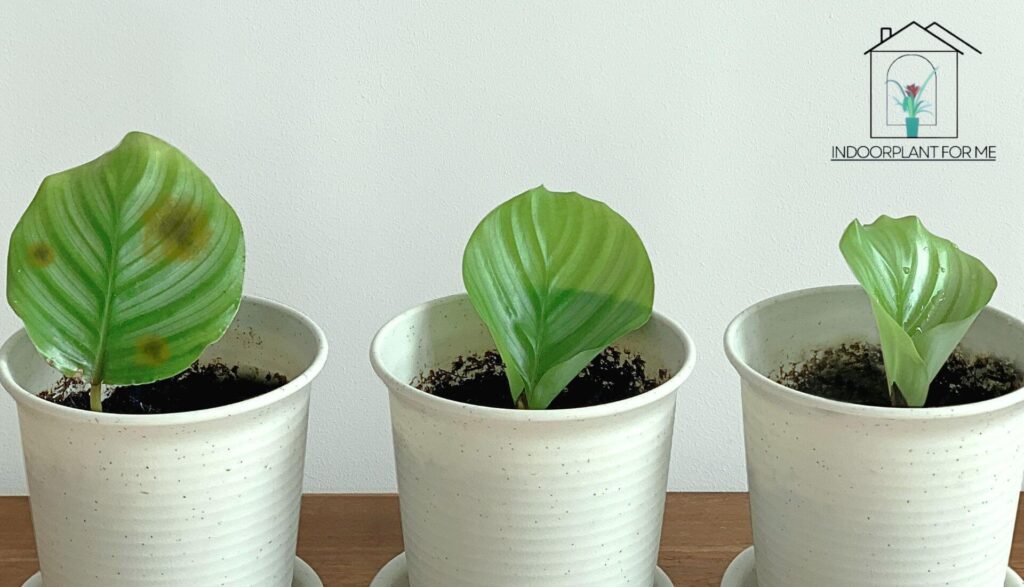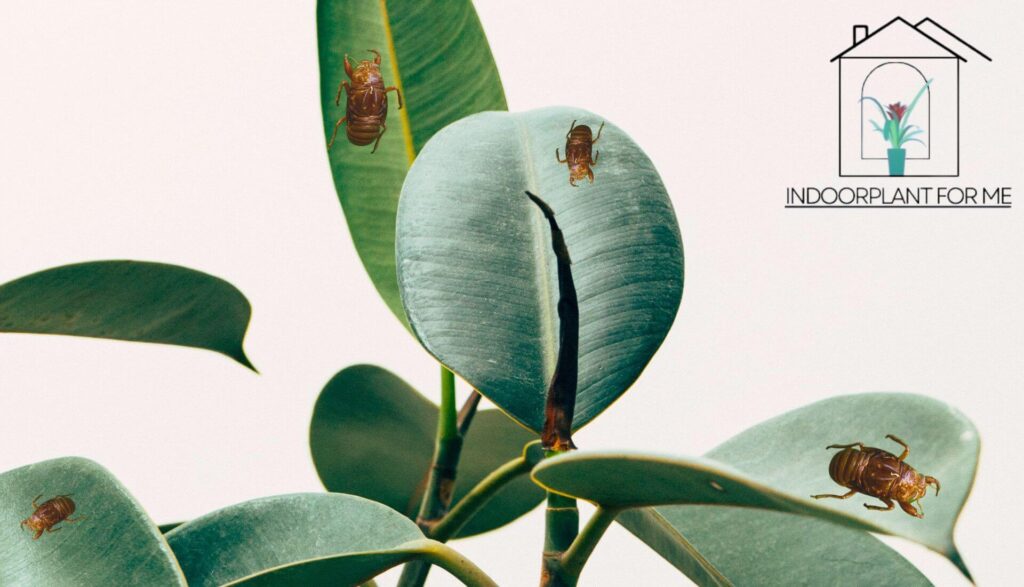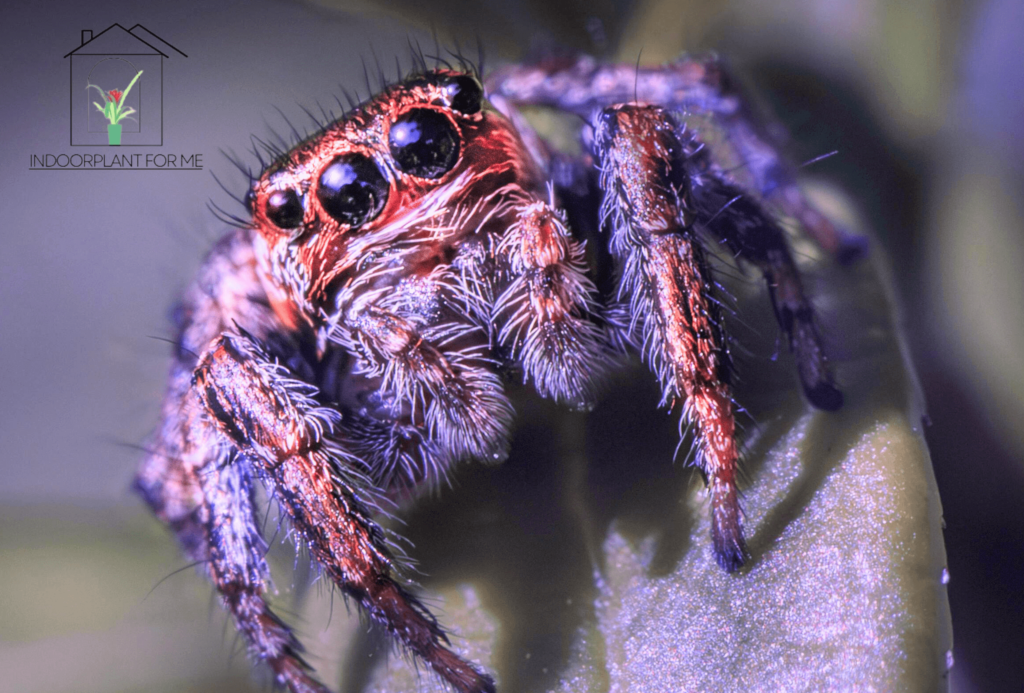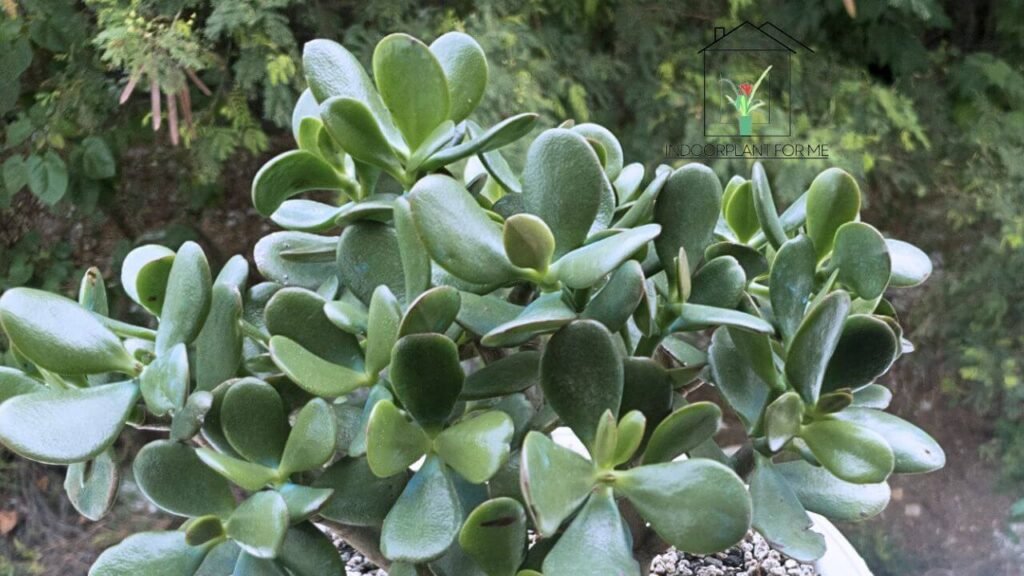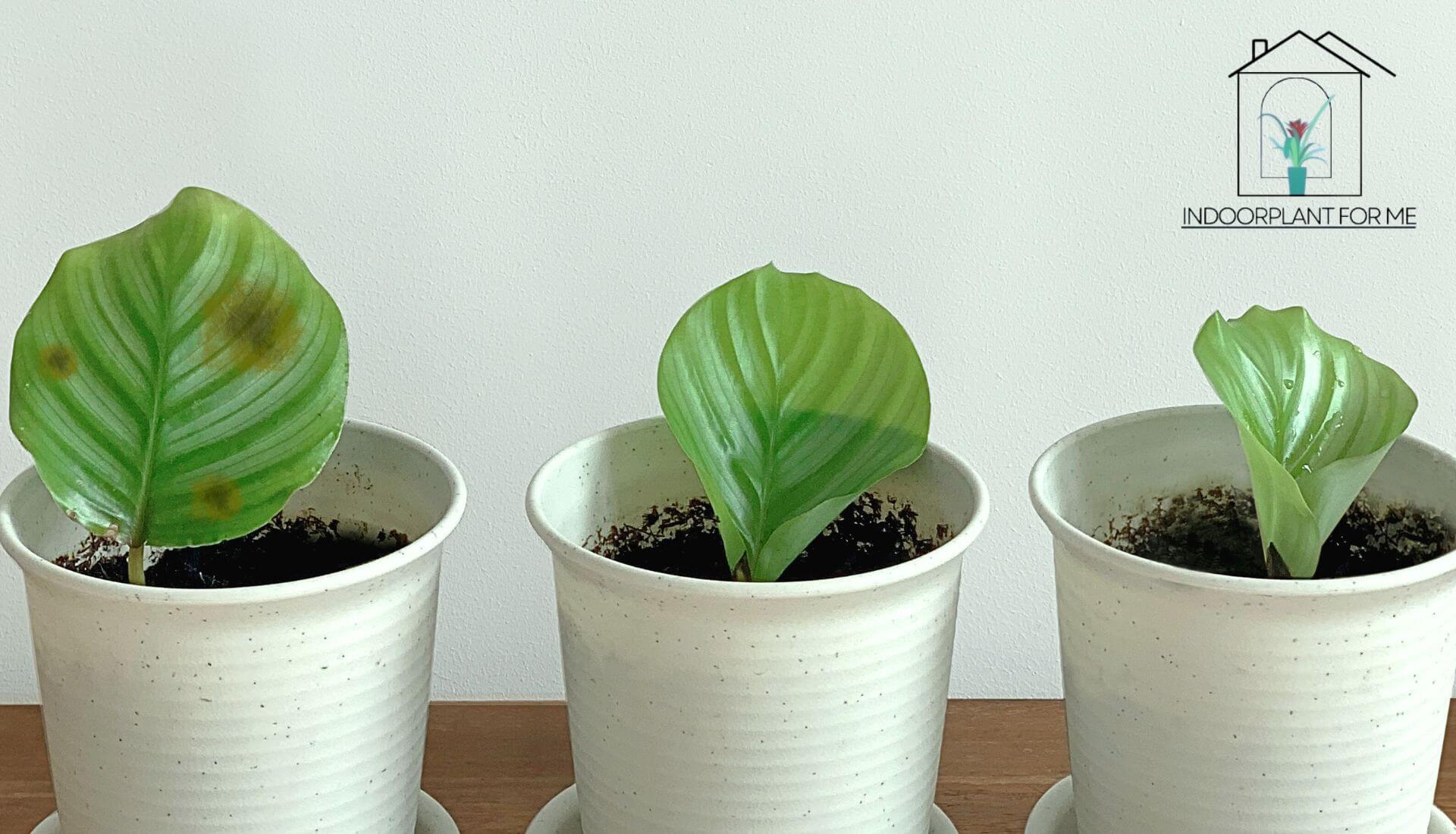Yes, you can drown mealybugs. It is one of the Effective Strategies for Pest Control.
The strategies I will be showing you are live, proven hacks. So fasten your seat belt as we go true this together.
Mealybugs are notoriously destructive houseplant pests that can wreak havoc on your beloved indoor gardens. These soft-bodied insects feed on plant sap, causing wilting, yellowing, and stunted growth.
While their cotton-like appearance might seem harmless, a severe mealybug infestation can quickly turn into a gardener’s nightmare. One unconventional yet effective control method that has gained popularity is drowning mealybugs.
In this comprehensive guide, we’ll explore whether you can drown mealybugs, how it works, and other strategies to keep your plants pest-free.
Understanding Mealybugs and Their Threats
What are Mealybugs?
Mealybugs are small, oval-shaped insects that belong to the Pseudococcidae family. They are typically covered in a white, waxy coating that resembles cotton or mealiness, hence their name.
Some common species of mealybugs include the citrus mealybug (Planococcus citri), the longtailed mealybug (Pseudococcus longispinus), and the Comstock mealybug (Pseudococcus comstocki).
Plant Damage Caused by Mealybugs
While mealybugs themselves may seem harmless, their feeding habits can cause significant damage to plants. These pests use their piercing-sucking mouthparts to extract plant sap, leading to stunted growth, yellowing leaves, and even plant death in severe cases.
Additionally, mealybugs excrete a sticky, sugary substance called honeydew, which can promote the growth of sooty mold and attract other insects like ants.
The Drowning Method: How and Why It Works
Overview of Drowning Mealybugs
The drowning method is a simple yet effective way to control mealybug infestations on houseplants. As the name suggests, this technique involves submerging the infested plant parts in water for a specific duration, effectively drowning the mealybugs and disrupting their life cycle.
How Drowning Mealybugs Works
The drowning method works by exploiting the fact that mealybugs are not adapted to survive prolonged submersion in water. When submerged, these pests cannot breathe or move freely, eventually leading to their demise.
However, it’s important to note that this method is most effective on small to medium-sized plants or individual plant parts, as larger plants may be challenging to fully submerge.
Scientific Basis of Drowning Mealybugs
The drowning method is based on the biological principle that mealybugs, like most insects, rely on spiracles (small openings along their bodies) for respiration.
When submerged in water, these spiracles become blocked, preventing the mealybugs from obtaining oxygen. Additionally, the water’s surface tension can also trap and suffocate the pests.
Implementing the Drowning Method
Identifying Mealybug Infestations
Before attempting to drown mealybugs, it’s crucial to correctly identify their presence on your plants. Look for clusters of white, cottony masses, typically found on stems, leaves, and around the base of the plant.
Mealybugs also leave behind a sticky residue (honeydew) and may attract ants, which feed on the sugary excretion. Choosing the Right Plants and Conditions
The drowning method is most suitable for small to medium-sized houseplants, succulents, and individual plant parts like leaves or stems. It’s essential to ensure that the plant can tolerate being submerged in water for an extended period without adverse effects. Additionally, the water temperature should be lukewarm to avoid shocking the plant.
Step-by-Step Guide to Drowning Mealybugs
- 1. Prepare a container or sink large enough to accommodate the infested plant parts.
- 2. Fill the container with lukewarm water.
- 3. Gently submerge the infested plant parts in the water, ensuring that all areas with mealybug colonies are fully covered.
- 4. Allow the plant to soak for at least 30 minutes to an hour, depending on the severity of the infestation.
- 5. Remove the plant from the water and inspect it thoroughly. Repeat the process if you still notice live mealybugs.
- 6. Once all visible mealybugs have been eliminated, rinse the plant with clean water and allow it to dry completely before returning it to its growing environment.
Alternative Strategies for Mealybug Control
While the drowning method can be effective, it’s important to consider other control strategies as part of an integrated pest management (IPM) approach. Here are some alternative methods for managing mealybug infestations:
Chemical Control Methods
Various chemical insecticides, such as horticultural oils, insecticidal soaps, and systemic insecticides, can be used to control mealybug populations.
However, it’s essential to follow the instructions carefully and consider the potential environmental impact and harm to beneficial insects.
Biological Control Agents
Introducing natural predators and parasitoids, such as ladybugs, lacewings, and parasitic wasps, can help manage mealybug populations more sustainably. These beneficial insects prey on mealybugs and can provide long-term control.
Cultural Control Practices
Implementing cultural control practices, such as pruning infested plant parts, improving air circulation, and maintaining proper plant spacing, can help prevent and reduce mealybug infestations.
Regular inspections and quarantining new plants can also prevent the spread of mealybugs.
Pros and Cons of Drowning Mealybugs
Advantages of Drowning Mealybugs
- Environmentally friendly and low-cost method
- Effective for small to medium-sized plants and individual plant parts
- Minimal risk of harming beneficial insects or the plant itself
- Can be combined with other control methods as part of an IPM approach
Limitations and Considerations
- It may not be suitable for large plants or severe infestations
- Requires careful handling and submersion of the plant
- Effectiveness may vary depending on the mealybug species and life stage
- Repeated treatments may be necessary for persistent infestations
Tips for Success and Prevention
Monitoring and Early Detection
Regular monitoring and early detection of mealybug infestations are crucial for effective control. Inspect your plants regularly, especially in areas where mealybugs tend to hide, such as leaf axils, stems, and around the base of the plant.
Integrated Pest Management (IPM) Approach
Adopting an IPM approach, which combines various control methods, can provide the most effective and sustainable solution for managing mealybug infestations.
Consider incorporating cultural, biological, and chemical control methods as appropriate, while minimizing harm to the environment and beneficial organisms.
Preventive Measures
To prevent future mealybug infestations, practice good cultural control techniques, such as proper sanitation, quarantining new plants, and avoiding overcrowding.
Additionally, encourage natural predators by providing habitats and avoiding broad-spectrum pesticides.
How to Treat Botrytis Blight on Roses: A Comprehensive Guide
Roses are undoubtedly one of the most beautiful and beloved flowers in any garden. With…
Should I Cut Brown Spots Off Fiddle Leaf Fig: A Complete Guide to Pruning Your Precious Plant
Yes, you can cut brown spots off a fiddle leaf fig, using the complete guide…
Can You Drown Mealybugs? Effective Strategies for Pest Control
Yes, you can drown mealybugs. It is one of the Effective Strategies for Pest Control. The…
How Fast Do Jade Plants Grow? A Comprehensive Guide
Would you like to know how fast do jade plants grow? Generally, young jade plants…
Exploring the Predatory Habits of Jumping Spiders: Do They Feast on Spider Mites?
Does the idea of exploring the predatory habits of jumping spiders interest you? Do you…
Do Jade Plants Need Sun
Asking the question; Do Jade Plants Need Sun? Yes, jade plants thrive in plenty of…
FAQs
What Is The Fastest Way To Get Rid Of Mealybugs?
The fastest way to get rid of mealybugs is by using chemical insecticides or horticultural oils. However, these methods should be used with caution and under the instructions.
For a more environmentally friendly approach, consider introducing biological control agents or implementing cultural control practices.
How Long Does It Take To Kill Mealybugs?
The time it takes to kill mealybugs varies depending on the control method used and the severity of the infestation. Chemical insecticides can provide quick results, often within a few days.
Biological control agents may take longer, typically a few weeks, to establish control. The drowning method can eliminate mealybugs within an hour or two, but repeated treatments may be necessary for severe infestations.
How Do You Stop Mealybugs From Spreading?
To stop mealybugs from spreading, it’s essential to isolate infested plants and thoroughly clean the growing area. Remove and dispose of heavily infested plant parts, and treat the remaining plants with your chosen control method.
Regularly inspect and quarantine new plants before introducing them to your collection.
What Kills Mealybugs Instantly Naturally?
While there is no single natural solution that kills mealybugs instantly, several natural remedies can effectively control and eliminate these pests over time. Some options include:
- Neem oil: This naturally derived insecticide disrupts the life cycle of mealybugs and deters them from feeding on plants.
- Insecticidal soaps: These soaps, containing fatty acids, can effectively smother and kill mealybugs upon contact.
- Horticultural oils: Oil-based sprays can suffocate and desiccate mealybugs by coating their bodies.
- Alcohol: Isopropyl alcohol applied directly to mealybug colonies can help kill them quickly.
It’s important to note that while these natural remedies may not kill mealybugs instantly, they can be highly effective when used consistently and as part of an integrated pest management approach.
How Often Should I Spray Neem Oil For Mealybugs?
When using neem oil to control mealybugs, it’s recommended to spray the infested plants every 7-10 days. Consistent application is crucial as neem oil works by disrupting the mealybugs’ life cycle and deterring them from feeding on the plants.
Follow the specific instructions on the neem oil product you’re using for the correct dilution and application rates.
Can I Spray Vinegar On Mealybugs?
Yes, you can spray vinegar on mealybugs as a natural control method. Vinegar, specifically white vinegar or apple cider vinegar, can be an effective way to kill mealybugs on contact. The acetic acid in vinegar can dehydrate and suffocate the mealybugs.
To use vinegar as a mealybug control, mix equal parts of vinegar and water in a spray bottle. Thoroughly spray the infested areas of the plant, making sure to coat the mealybug colonies. Reapply the vinegar solution every few days until the infestation is under control.
While vinegar can be an effective natural insecticide, it’s important to test it on a small area of the plant first to ensure it doesn’t cause any damage or burning to the foliage.
Do Mealybugs Spread To Other Plants?
Yes, mealybugs can spread to other plants quite easily. These pests can crawl from one plant to another, especially when the plants are in close proximity.
Additionally, mealybugs can be inadvertently transported to new plants through infested soil, contaminated gardening tools, or even on clothing.
To prevent the spread of mealybugs, it’s crucial to isolate infested plants and practice proper sanitation. Thoroughly clean and disinfect any gardening tools, pots, or surfaces that may have come into contact with the pests.
Additionally, avoid overcrowding plants, as this can facilitate the movement of mealybugs from one plant to another.
Conclusion
Dealing with mealybug infestations can be a frustrating experience for any plant enthusiast, but understanding effective control methods is crucial.
While the drowning method may seem unconventional, it can be a powerful tool in your pest management arsenal, especially for small to medium-sized plants or individual plant parts.
By implementing the drowning technique, combined with other strategies like biological control, chemical control, and cultural practices, you can effectively manage mealybug populations and protect your beloved plants.
Remember, early detection and consistent monitoring are key to preventing severe infestations.
Embrace an integrated pest management approach, and don’t hesitate to experiment with different methods until you find the perfect solution for your unique garden or houseplant collection.
With patience and persistence, you can overcome mealybug challenges and enjoy a thriving, pest-free indoor oasis.

